

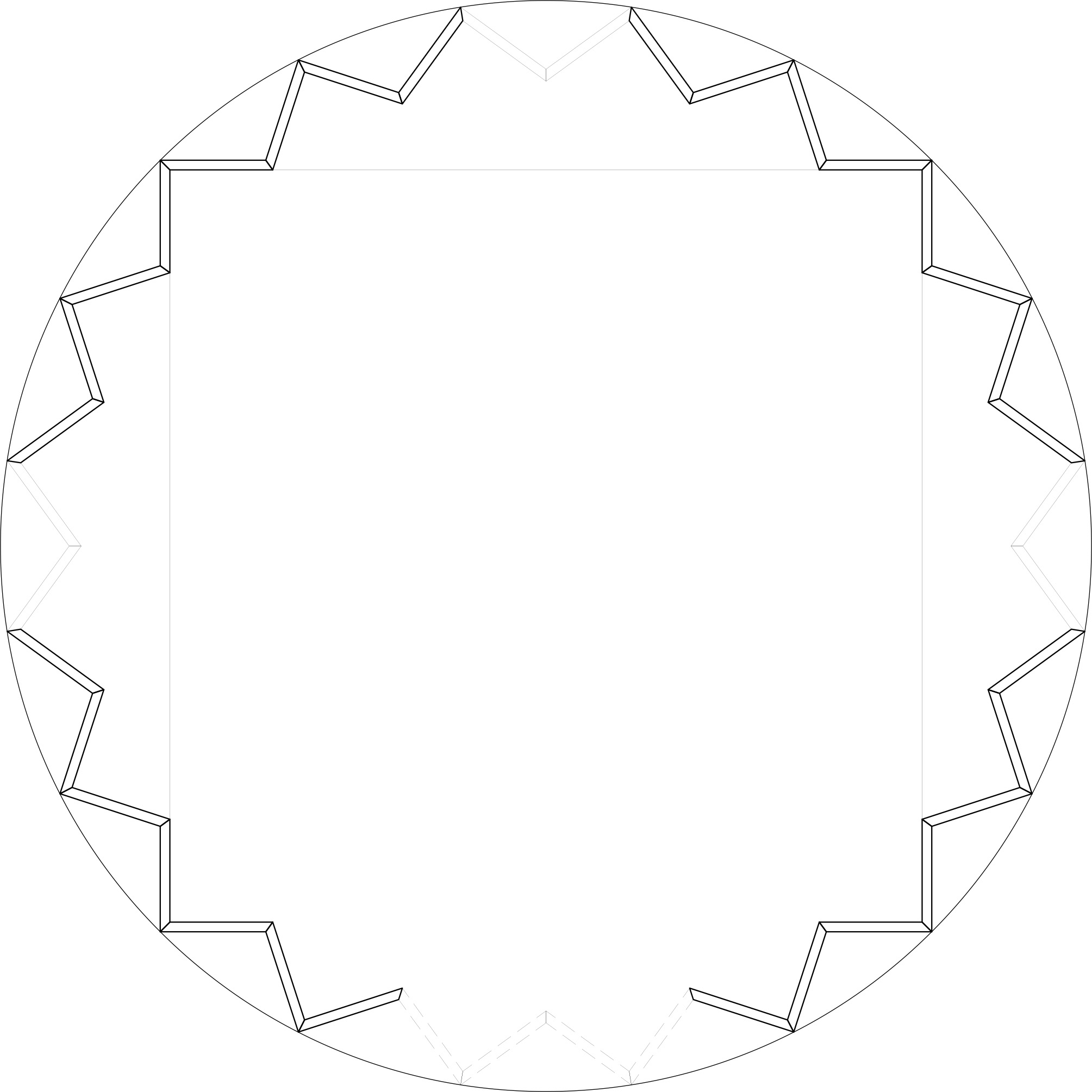

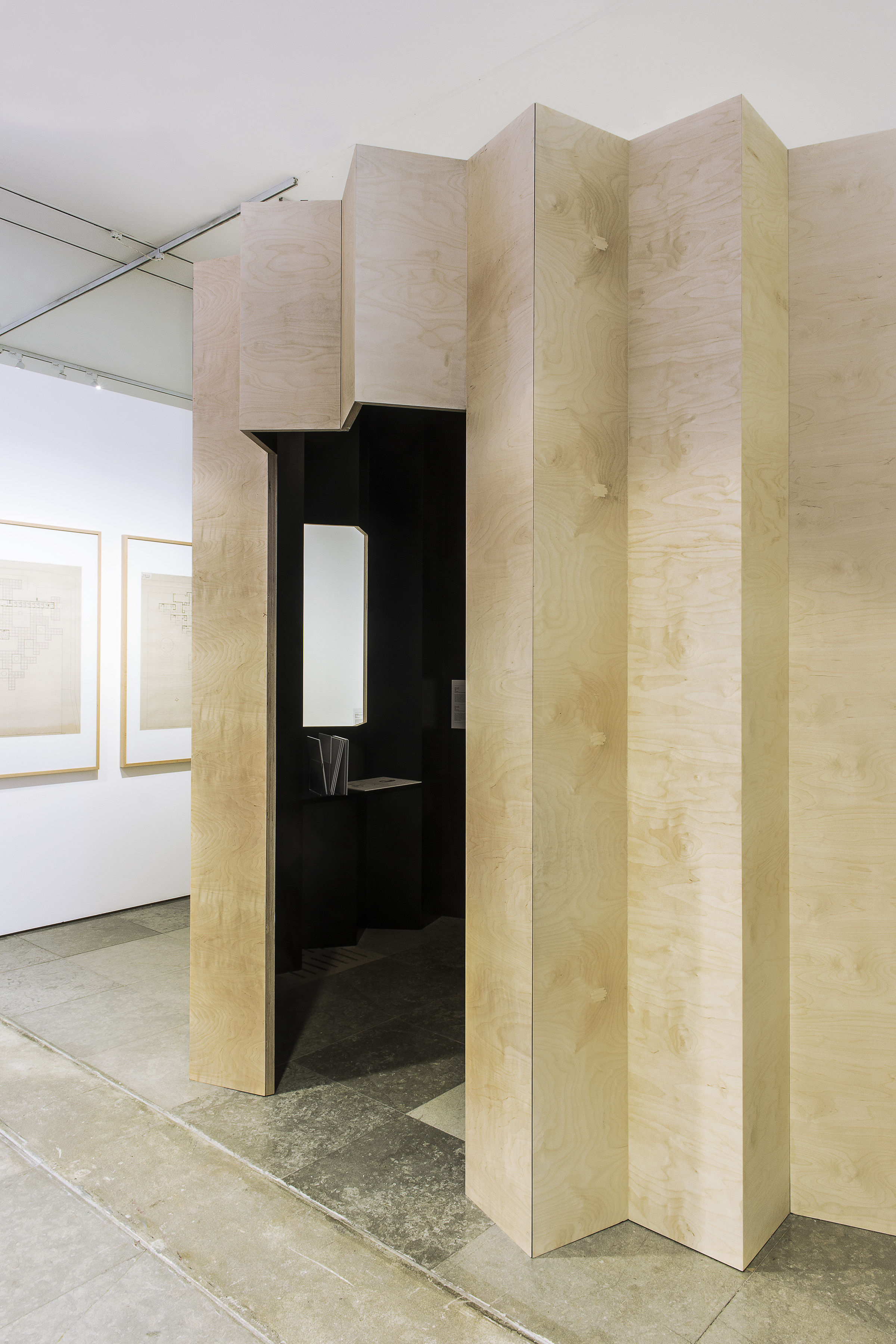
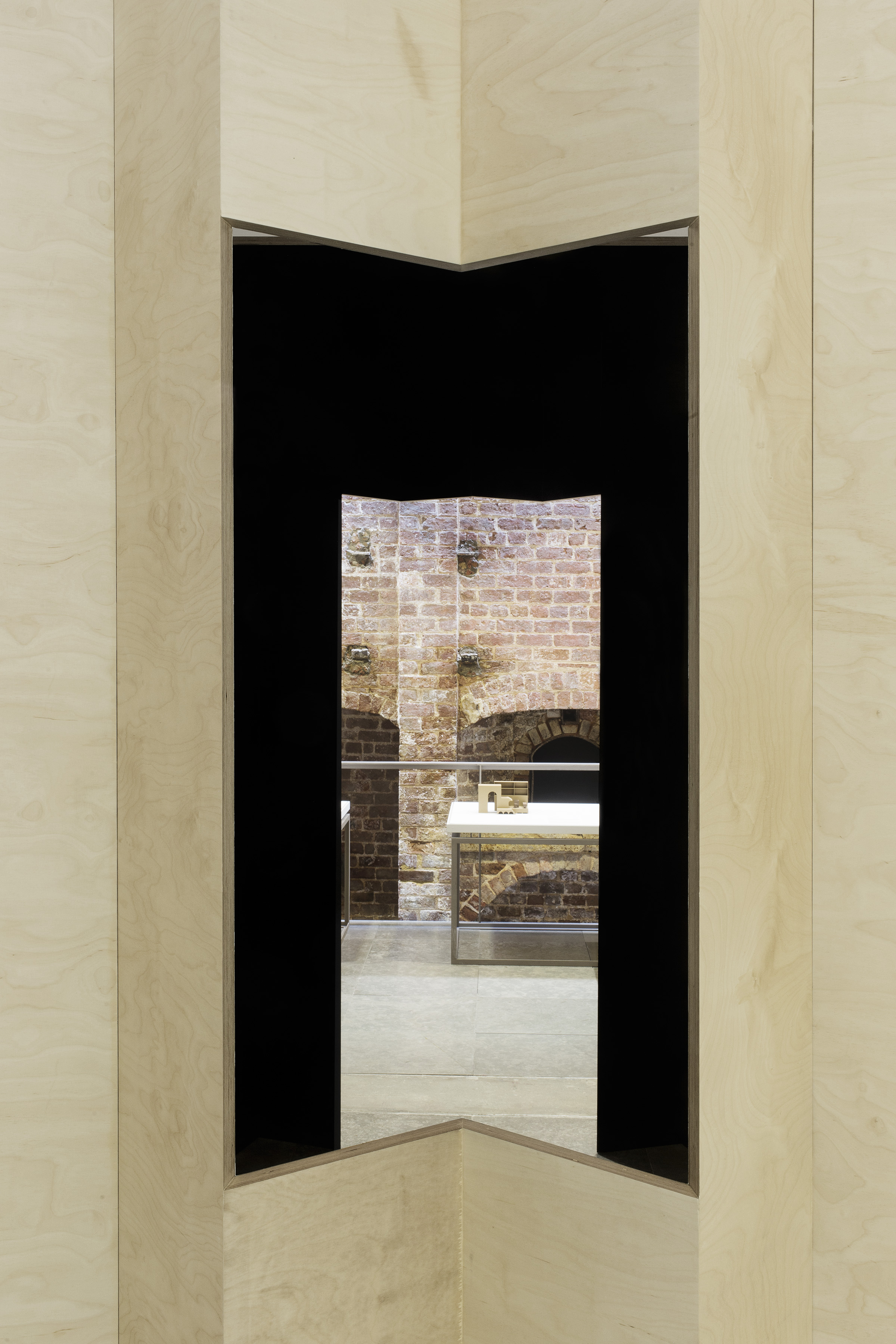
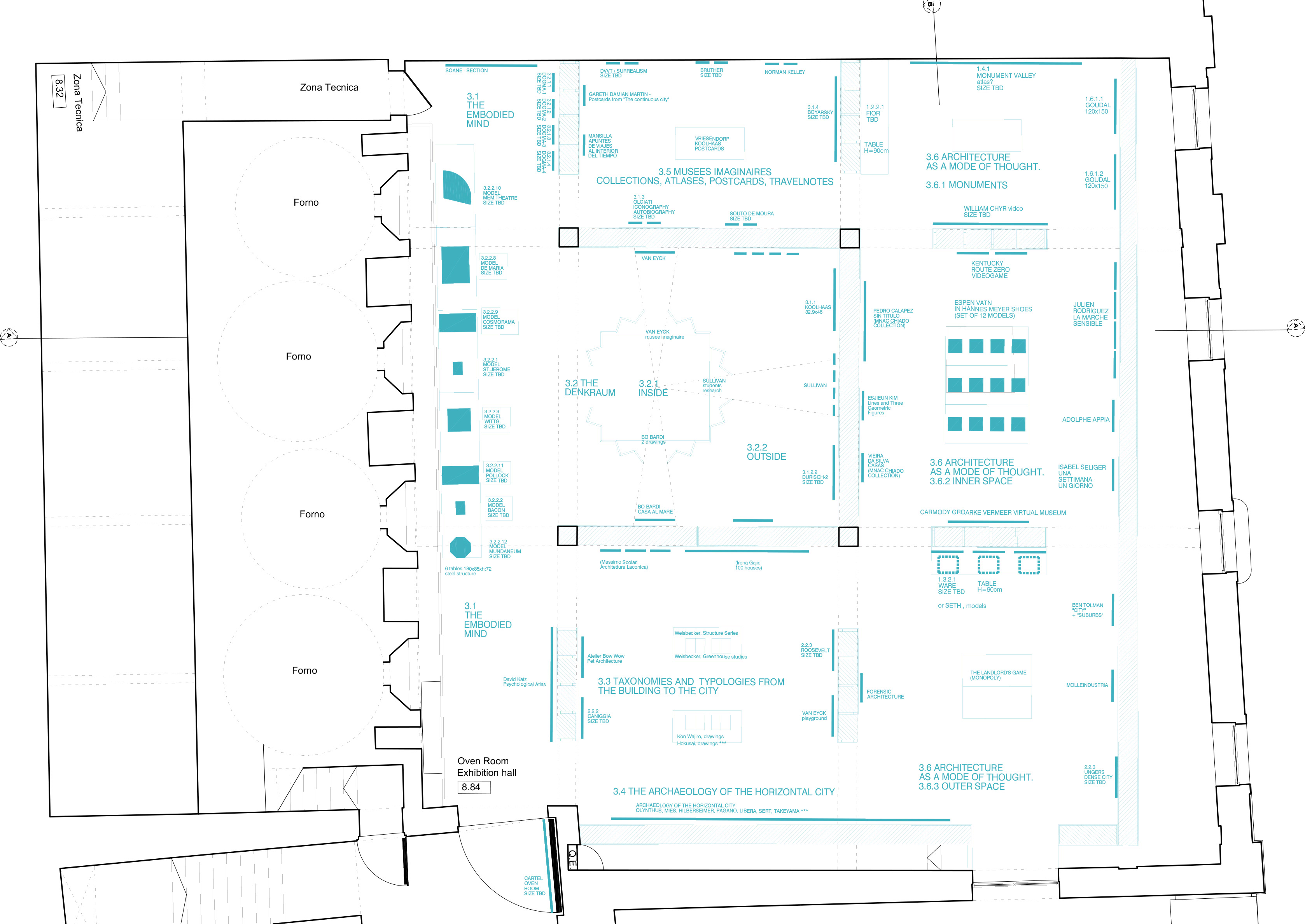
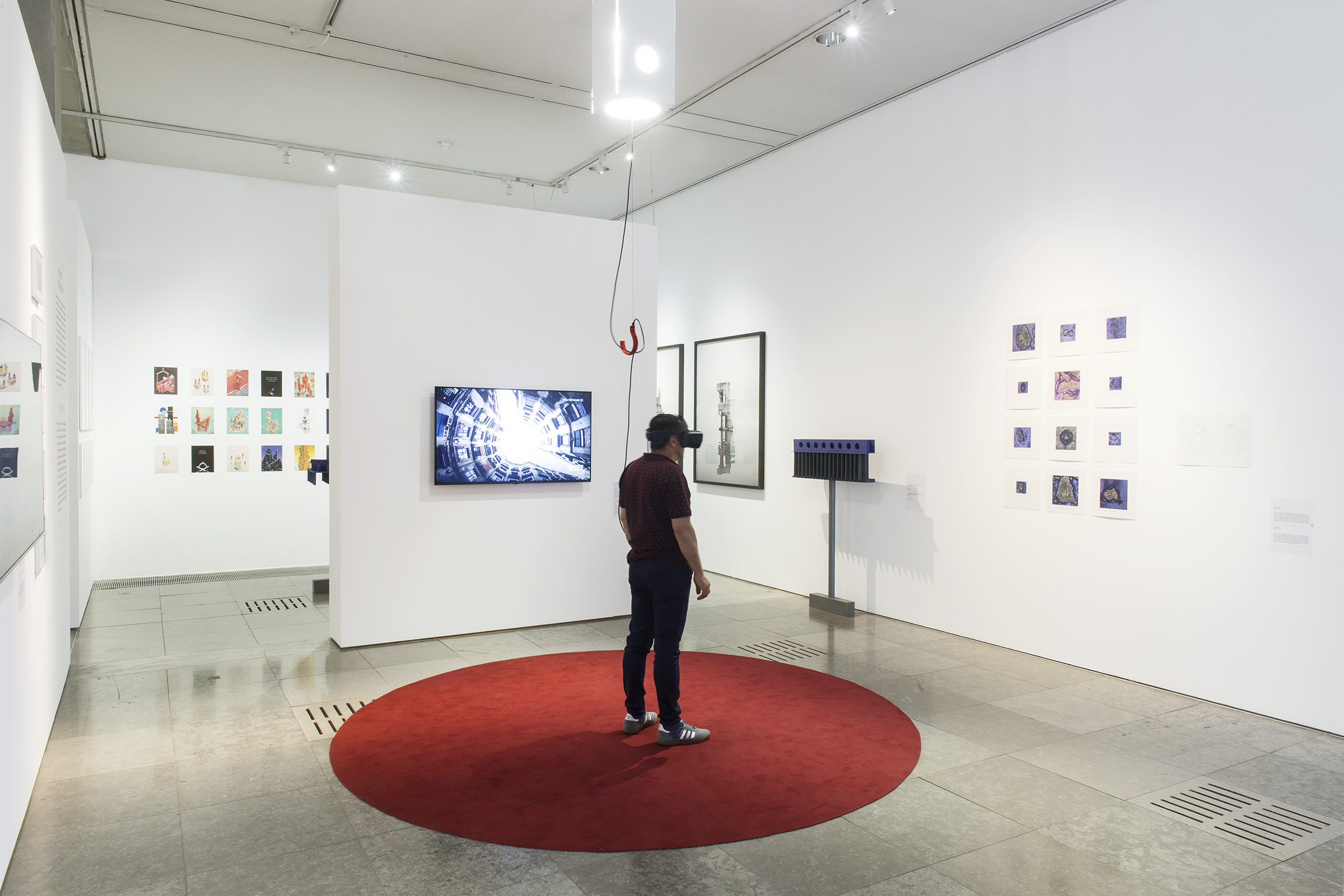



Inner Space - The Denkraum
Exhibition design and curatorship
Lisbon Architecture Triennale
Chiado Museum of Contemporary Arts, 2019
The exhibition Inner Space is part of an ongoing research project into the construction of the architectural imagination. It sets out to investigate the space between inner and outer reality, looking to identify the moments in which the two realms interact most vividly. Inner Space regards the imagination, and more precisely, the architectural imagination, as the critical process that makes the interplay between the two realms to happen, possible, creating the potential for a space to be inhabited and explored in itself. We define imagination as the capacity to organise, structure and translate into other forms our own experience of the world. Such an experience may be direct, or it can be mediated by the encounter of a subject with imagery. Imagination is thus a mental faculty strictly connected to rationality, and the dialectical relationship between the two fields has been defined and theorised on by numerous philosophers and scientists over the centuries. Through Inner Space, we aim to bind the construction of the imagination with a parallel notion: the identification of imagination as an immersive territory that can be experienced, crossed and even inhabited.
The exhibition Inner Space identifies two parallel and closely interlinked movements involved in constructing architectural imagination: a collective one (”The Cabinet”), and an individual one (”The Denkraum”), with the two spheres complementing each other.
The “Denkraum” is one of the key elements of the exhibition Inner Space and refers to a concept dear to the father of iconology, Aby Warburg: the "space of thought."
In the exhibition, the “Denkraum” is a circular room within a square space that houses images collected or produced by three architects – Louis Sullivan, Aldo van Eyck, and Lina Bo Bardi – expressing a form of materialization of the images contained in their minds.
Three windows visually connect these images within the “Denkraum” to projects by the architects displayed on the walls of the outer room.
A third section of the exhibition identifies how architectural imagination is capable of nourishing other disciplines: from art to videogames, virtual reality, comic books and forensic investigation.
The “Denkraum” is one of the key elements of the exhibition Inner Space and refers to a concept dear to the father of iconology, Aby Warburg: the "space of thought."
In the exhibition, the “Denkraum” is a circular room within a square space that houses images collected or produced by three architects – Louis Sullivan, Aldo van Eyck, and Lina Bo Bardi – expressing a form of materialization of the images contained in their minds.
Three windows visually connect these images within the “Denkraum” to projects by the architects displayed on the walls of the outer room.
A third section of the exhibition identifies how architectural imagination is capable of nourishing other disciplines: from art to videogames, virtual reality, comic books and forensic investigation.